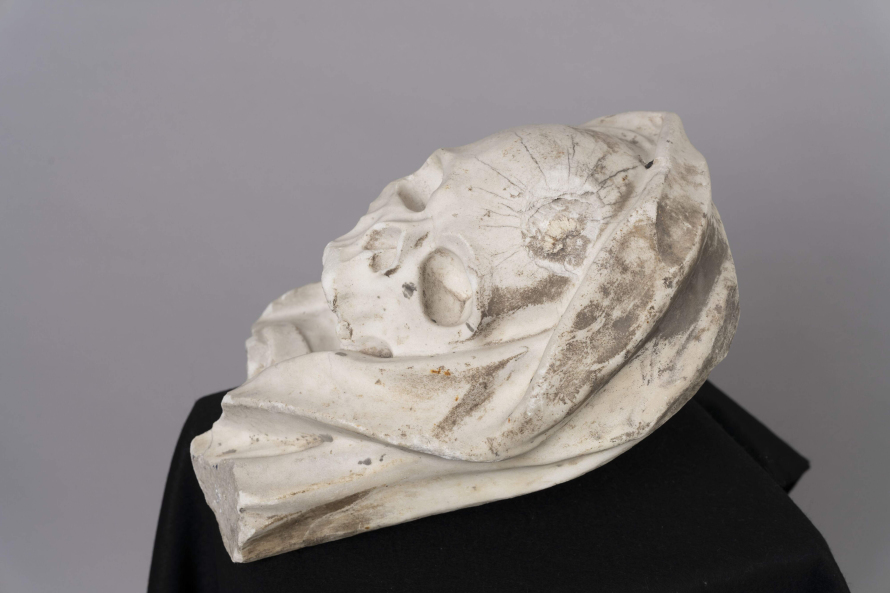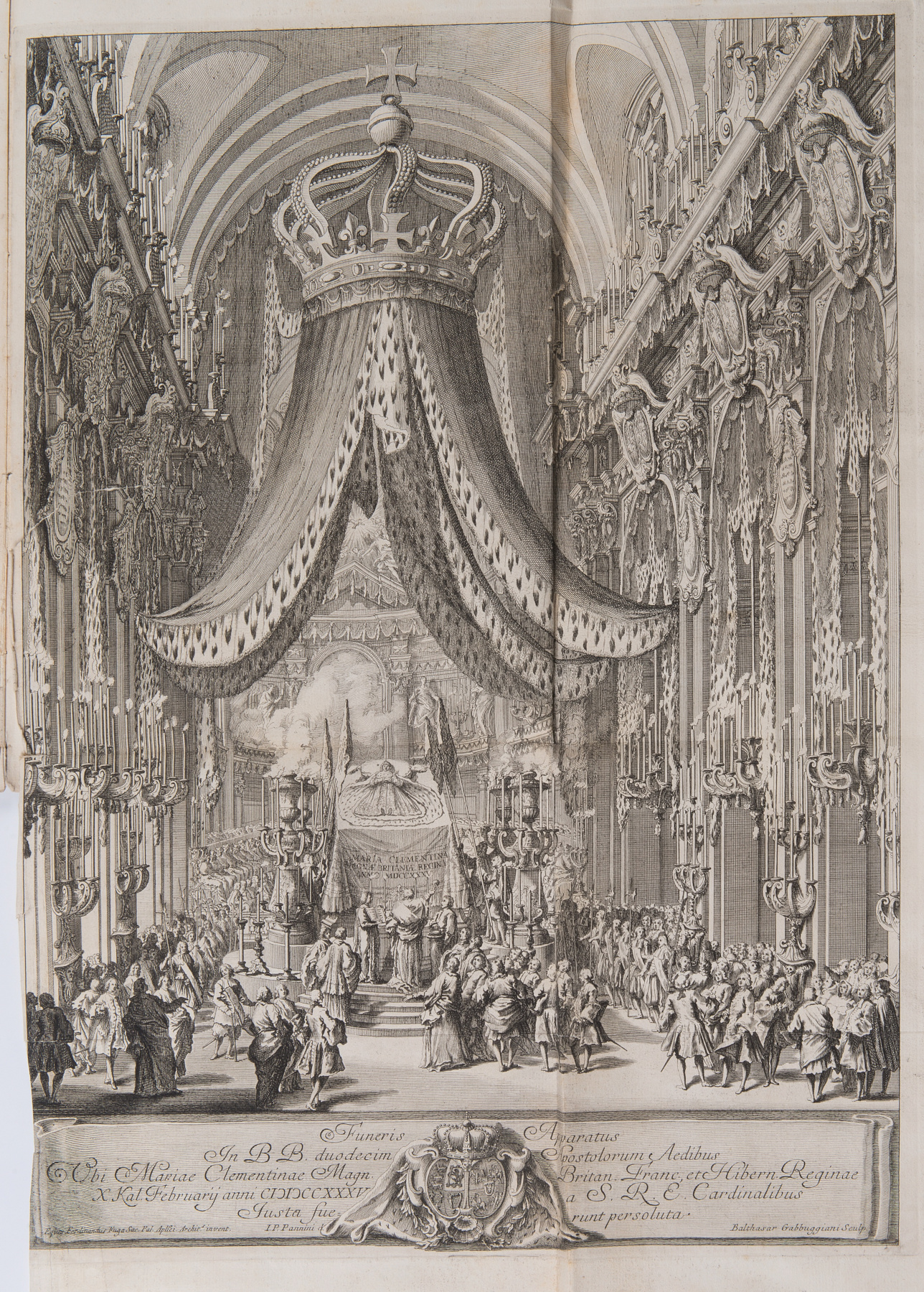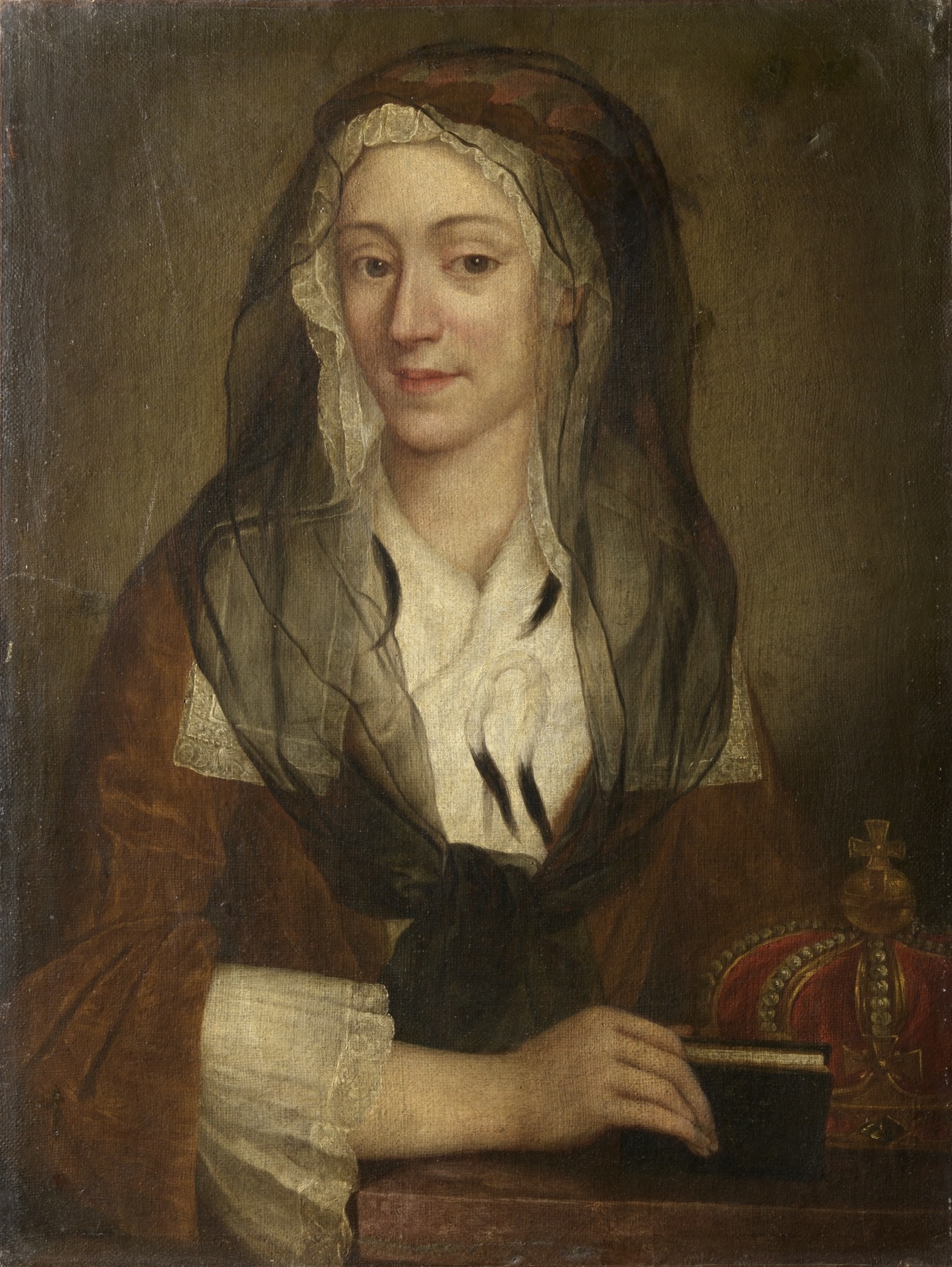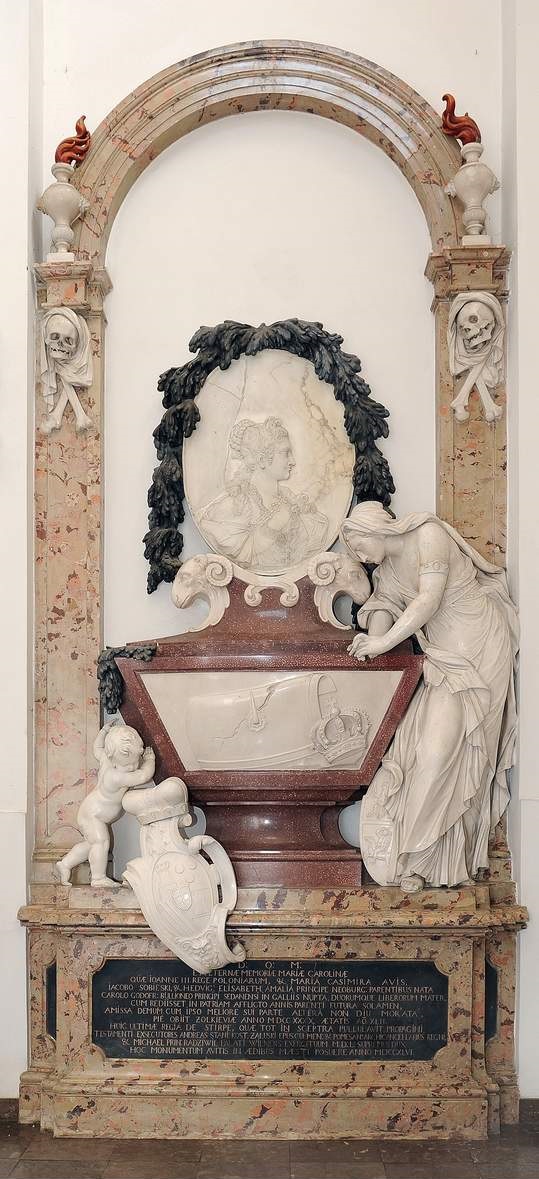The Sobieskis and Stuarts. Skull—a fragment from the tombstone of Maria Karolina Sobieska, Duchess of Bouillon, Lorenzo Mattieli, ca. 1746
The Sobieskis and Stuarts. Skull—a fragment from the tombstone of Maria Karolina Sobieska, Duchess of Bouillon, Lorenzo Mattieli, ca. 1746 - Photo gallery
The marble sculpture depicting a skull comes from the funerary monument of Princess Maria Karolina de Bouillon, known as Charlotte (1697–1740), granddaughter and the last descendant of King Jan III Sobieski. Maria Karolina was the daughter of Jakub Ludwik Sobieski and Hedwig Elisabeth von Pfalz-Neuburg. Graceful and sensible, she was admired at her father’s court in Oława by many suitors, among them James Edward Stuart (later the husband of her sister, Maria Clementina know as Clementina) and Michał Kazimierz Radziwiłł ‘Rybeńko,’ with whom she shared great and mutual love.
Ultimately, however, in 1723 Karolina married Frédéric Maurice, Prince de Turenne. After his sudden death a few following their wedding, she was united with his brother, Charles Godefroy de La Tour d’Auvergne, Prince de Bouillon. The unfortunate marriage was concluded by a divorce. Karolina Sobieska moved to Silesia and, in 1735, settled in her family estate in Żółkiew. She died in 1740. Before her death, made her former great love, Michał Kazimierz Radziwiłł, her principal heir and therefore, of the Sobieski family.
Charlotte’s embalmed heart is preserved in the collegiate church in Żółkiew, while her bodily remains were buried in Warsaw, in the Church of the Benedictine Sisters of Perpetual Adoration of the Blessed Sacrament dedicated to St. Casimir, founded in 1688 by Karolina’s grandmother, Maria Kazimiera Sobieska. The church and the convent were generously endowed by Karolina herself. The executors of her will — Prince Michał Kazimierz Radziwiłł and the Grand Chancellor of the Crown, later Bishop of Kraków, Andrzej Stanisław Załuski — were the patrons of the princess’s monument.
The funerary monument of Maria Karolina de Bouillon, created in 1746, has a form of an arcade enclosing a sarcophagus with an oval portrait medallion of the princess adorned with a garland. On the left side, a putto appears to support the sarcophagus, while on the right a mourning allegorical figure leans over it. In the upper parts of the pilasters supporting the arcade are vanitas symbols — burning torches and veiled skulls. The whole composition rests on a massive base bearing the inscription plaque.
The symbolic program of the monument is particularly interesting: on the side of the sarcophagus appears a broken shield — the Sobieski coat of arms, Janina — signifying the extinction of the family line. Below, a cartouche held by a putto and topped with a princely coronet displays the coat of arms of the de Bouillon family. The female figure personifies the Polish–Lithuanian Commonwealth mourning the deceased; at her feet, within a shield, are the coats of arms of Poland and Lithuania.
The marble medallion with the princess’s profile bust was sculpted by Lorenzo Mattielli, an Italian artist working at the court of Augustus III in Dresden. The remaining elements, made of stucco and marble, are the work of an unidentified until now workshop based in Warsaw.
The monument was destroyed in 1944. In 1961, it was reconstructed by Antoni Szymanowski. A wood engraving by Julian Schübeler, published in Józef Łoski’s book Jan Sobieski, His Family, Companions-in-Arms and Contemporary Monuments (Warsaw, 1883), shows the original state of the monument, one of the most magnificent late Baroque medallion tombs in Poland.
In 2020, among the surviving lapidary fragments preserved in the Museum of the Archdiocese of Warsaw, a partially preserved skull fragment — a remnant of Charlotte’s monument — was identified.




